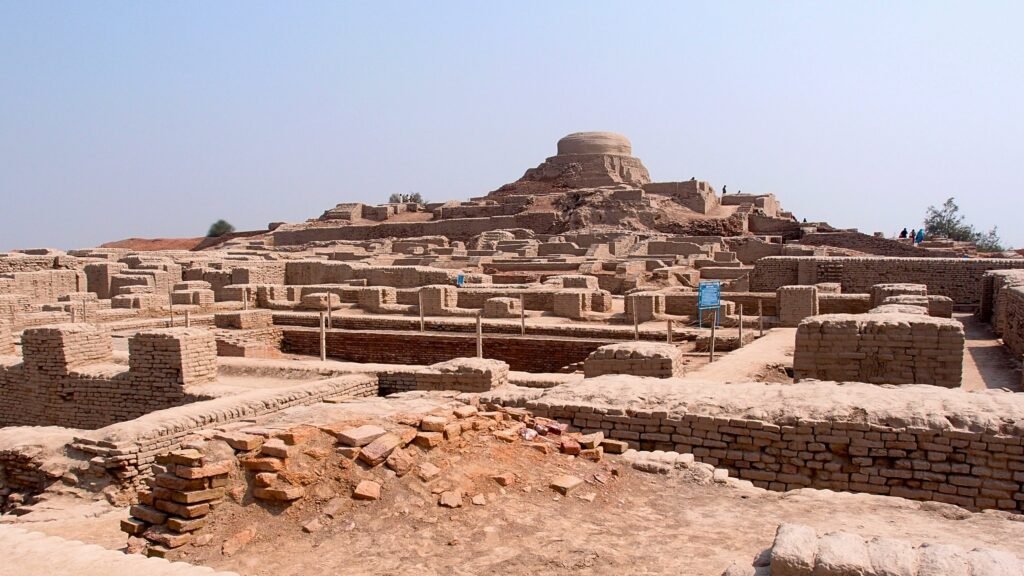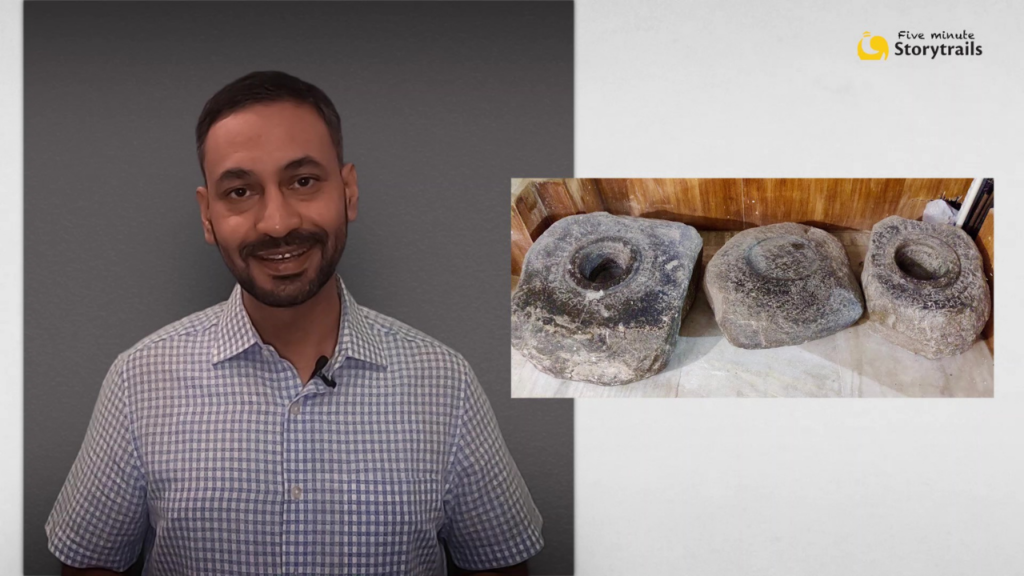This is the story of the discovery of the oldest Buddhist art in the world!
Unearthed by chance in the ancient city of Amaravati (present-day Andhra Pradesh), these are the remnants of a Buddhist stupa built by the mighty Satavahana kings. Who were these Hindu kings that created such beautiful Buddhist art?
It is well known that Ashoka, the great Mauryan emperor, played a big part in the spread of Buddhism over 2000 years ago. But there were other historical events that were equally instrumental in the spread of Buddhism, such as Alexander’s invasion of India, that occurred much before Ashoka. The icons on the Amaravati sculptures, that were once used to represent Buddha himself, tell us the story of Buddhism and the evolution of Buddhist art. This video traces that story.
This video takes you to the Government Museum at Egmore, Chennai, home to the largest collection of these priceless Buddhist antiques, to tell you that story.
This video is brought to you in partnership with Tamil Nadu Tourism and Department of Museums
What are Buddhist stupas? Why are they said to be stories in stone? You can listen to many more stories about the Amaravati marbles on the Free Storytrails audio tour of the Egmore Museum. Visit https://www.storytrails.app
Editing: Studio A, Chennai
Music, Sound Design, Mix & Master: S. S. Sriram (instagram.com/ss.sriram)
Wardrobe Sponsor: Rare Rabbit (https://thehouseofrare.com/)
Illustrations: Vibha Surya




